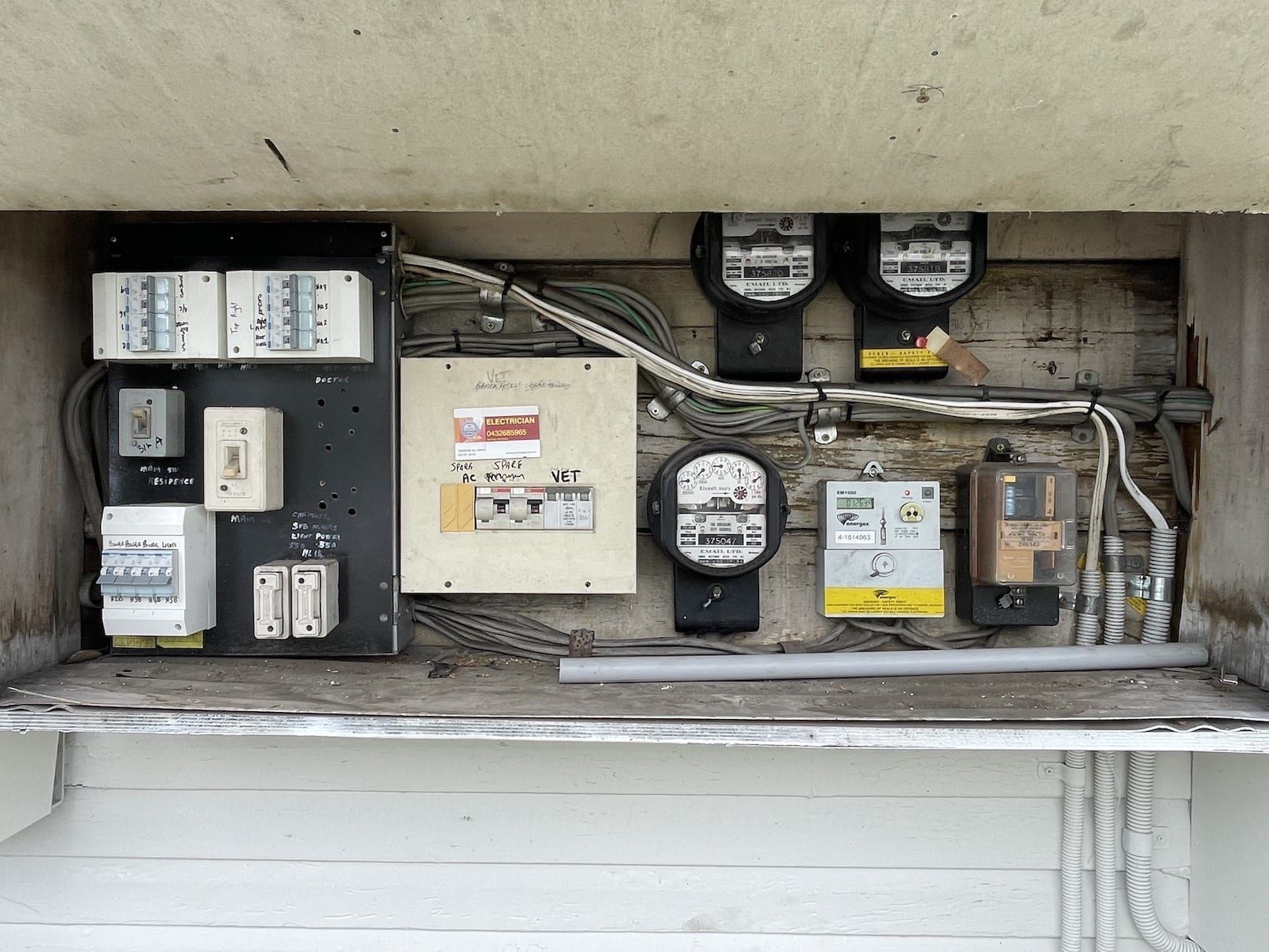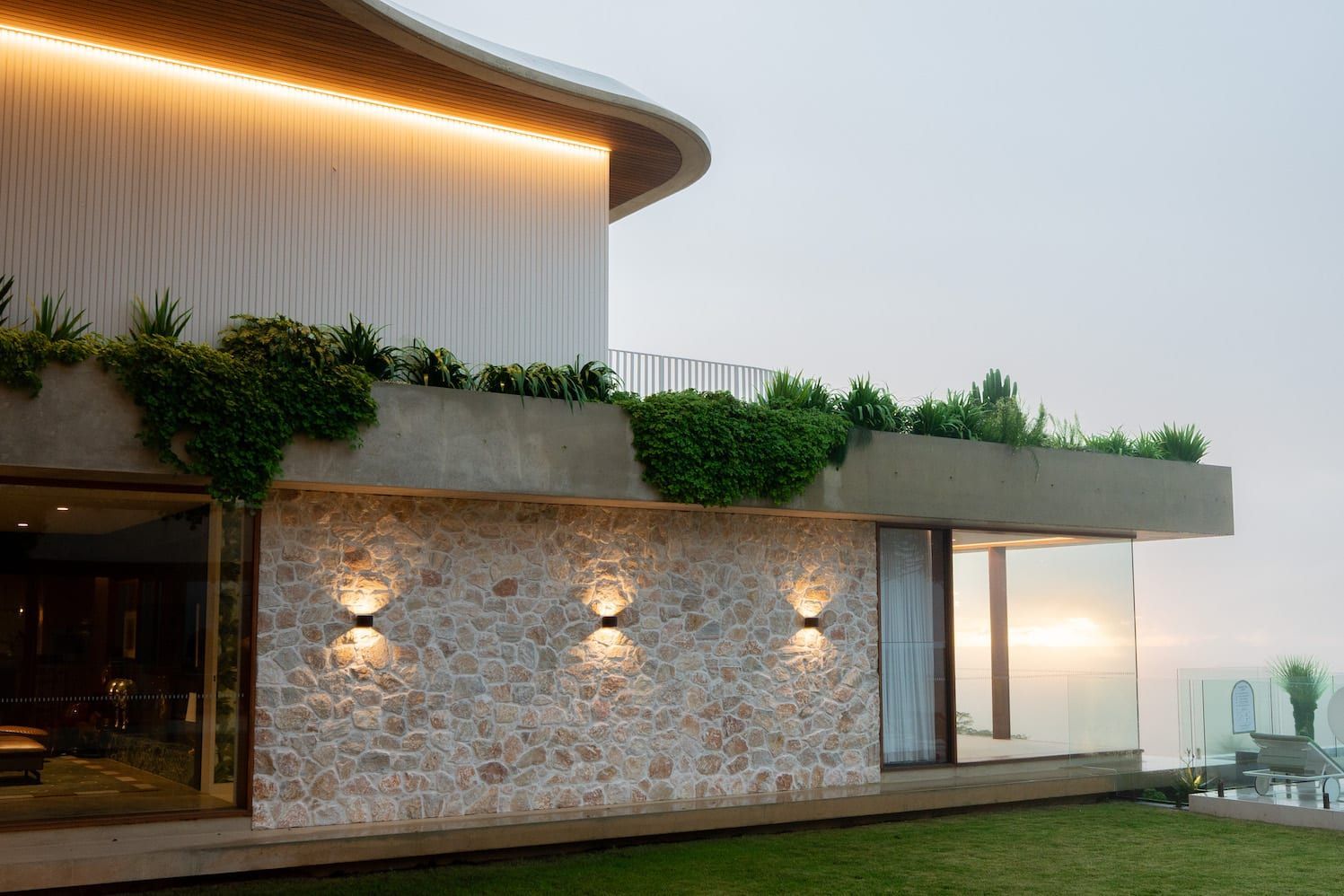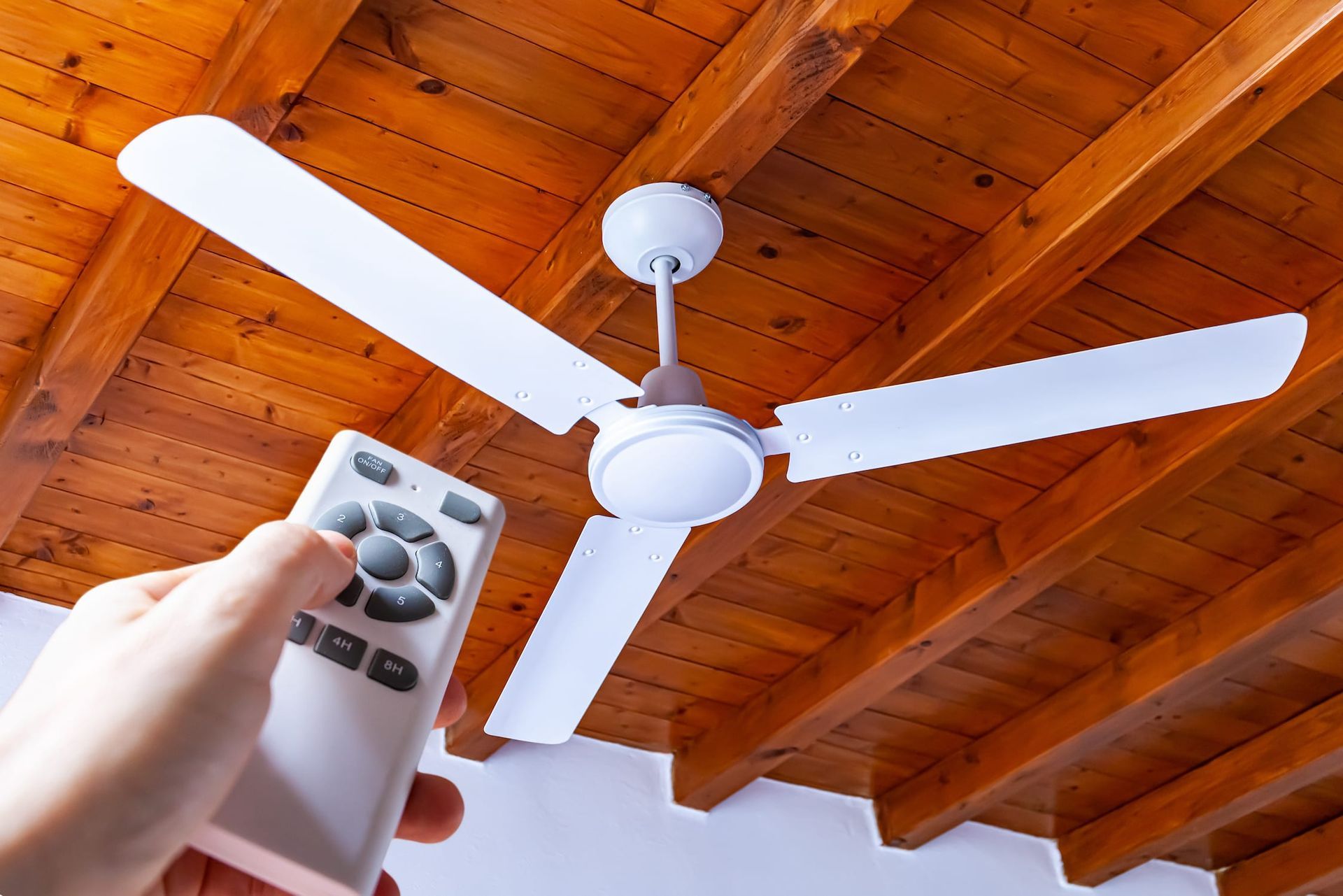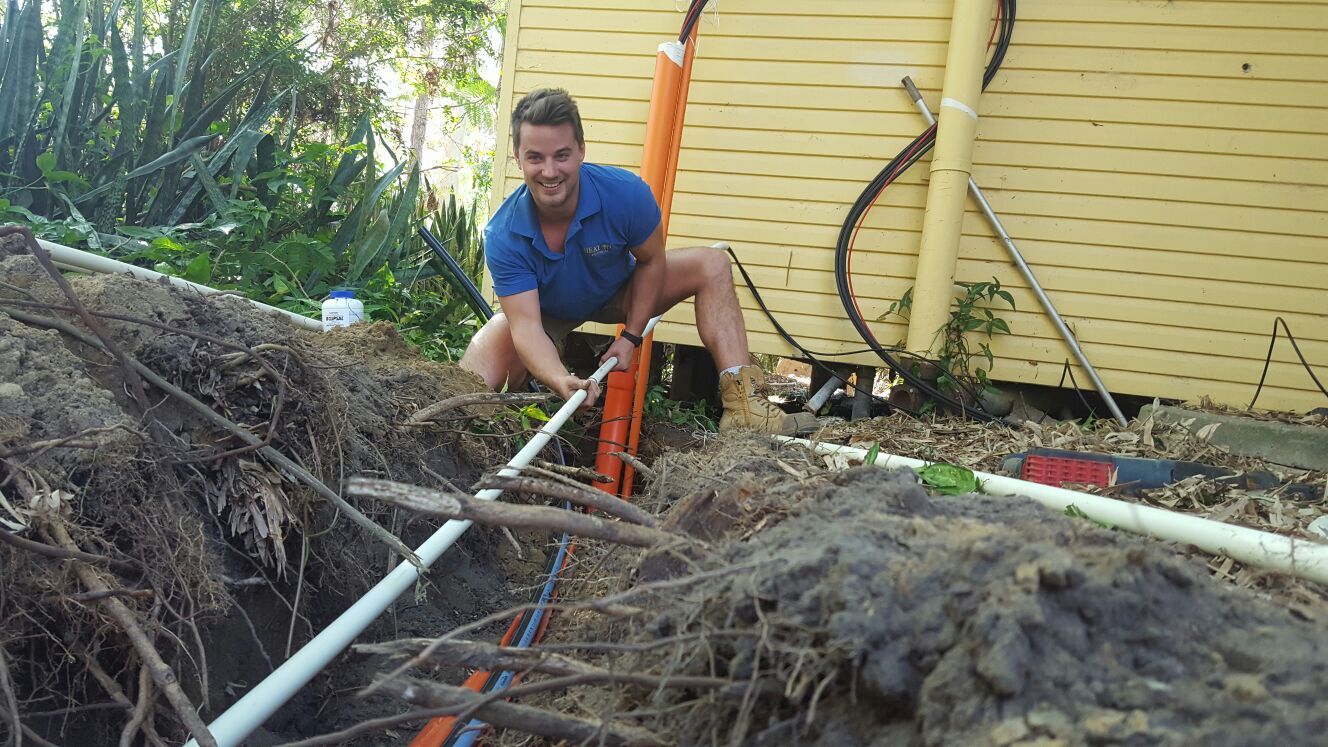
Whether you’re planning a renovation, adding major appliances, or building something new, it helps to understand how the electrical system works.
A big part of that is knowing the difference between single-phase and three-phase switchboards. These two options aren’t interchangeable and play different roles depending on the size and power needs of a space.
It’s common for residential properties to be fitted with single-phase switchboards, while commercial or industrial setups often need something stronger. With more people considering switchboard upgrades in Brisbane, understanding the difference between these two setups is becoming more important. Knowing what separates them can help you make smarter decisions when it comes to managing your power safely and solving long-term electrical needs.
What Is A Single-Phase Switchboard?
A single-phase switchboard is built to handle a standard level of electrical supply. It delivers electricity using one active wire and one neutral wire, which is typical for homes and smaller spaces. This type of supply is suited to everyday needs like lighting, general power points, small appliances, and most standard air conditioning units.
Inside the switchboard, you’ll find components like circuit breakers, fuses in older versions, and a main switch. Each part plays a role in protecting your home’s circuits from overloading or short circuits. The board acts as the central point where power is controlled and distributed to different parts of the house safely.
You’ll usually find single-phase switchboards used for:
- Homes or apartments with standard energy demands
- Small offices or home studios
- Properties where large machinery isn’t being run
The benefits of single-phase setups include simple wiring, lower installation costs, and easier access for maintenance. It’s also usually enough for day-to-day residential needs. On the other hand, a limitation is its capacity. If the home starts adding heavier energy loads, things can begin to trip or slow down. For example, someone adding a second oven, large pool pump, or EV charger might find their current setup struggling to keep up.
What Is A Three-Phase Switchboard?
Unlike single-phase systems, three-phase switchboards use three active wires with one neutral wire. This design allows for a more balanced and powerful flow of electricity, which is useful in places that require high energy use or operate large equipment. The extra capacity means the loads don’t just rely on one supply line, so the distribution is more efficient and doesn’t cause voltage drops when under pressure.
Inside a three-phase setup, the components are built for heavier-duty tasks. More circuit breakers are often included, and each circuit can be spread across the phases to keep things running smoothly. These switchboards give you more flexibility with how energy is used across a property.
Here’s where three-phase switchboards are commonly used:
- Industrial workshops or warehouses
- Large homes with high-end appliances or systems
- Multi-storey office buildings
- Properties with lifts, large air conditioning systems, or commercial kitchens
One major benefit of three-phase systems is their better performance under load. Air conditioning, for example, runs more smoothly with fewer dips in power. There’s also less strain on circuits when many devices are used at once.
That said, installing a three-phase switchboard does involve a higher upfront cost and more complex wiring. However, for buildings that need the performance, the long-term benefits far outweigh the initial investment.
Key Differences Between Single-Phase And Three-Phase Switchboards
When comparing both types side by side, several differences stand out that can impact how your building uses electricity. The most noticeable is how much power each one can handle.
Single-phase switchboards are designed for light to moderate usage. They're best suited to households or small buildings where the total electrical demand is relatively low. On the other hand, three-phase switchboards are built to handle much heavier loads. With more phases available, power flows more evenly and devices operate more reliably, particularly when many are in use at the same time.
Here are the main differences to keep in mind:
- Load capacity: Three-phase switchboards can support higher energy draws without overheating or tripping.
- Efficiency: Power delivery is smoother and more reliable with three-phase setups, especially when using motors or equipment that need steady voltage.
- Stability: Three-phase systems reduce the risk of power dips or surges, keeping appliances running consistently.
- Wiring: Single-phase systems have fewer wires and a simpler layout, making them quicker and more affordable to install.
- Cost: Three-phase switchboards have higher upfront costs due to complex wiring and components but can provide savings over time for high-use buildings.
Each system has its place, and choosing the right one depends on your power requirements both now and in the future. If you have plans to add energy-intensive equipment or appliances, a three-phase setup could prevent future limitations and provide better performance.
When To Upgrade Your Switchboard
There are moments when a switchboard upgrade becomes more than just a helpful improvement. It becomes necessary. An overloaded or outdated board can lead to repeated circuit trips, flickering lights, and even the smell of burning. These should never be ignored.
Upgrades are especially important during major renovations or when planning to add devices with high energy demands. For instance, setting up a home office with multiple computers and cooling units or installing a pool pump or EV charger are common reasons to reassess your current setup. In these cases, a single-phase switchboard may not be up to the job.
Signs that it might be time for a switchboard upgrade include:
- You’re planning major renovations that will increase power use
- Circuit breakers frequently trip without clear cause
- Your current board still uses ceramic fuses instead of safety switches and breakers
- You’re adding high-powered tools, machinery, or equipment
- Lights dim or flicker when large appliances switch on
Switching to a three-phase setup can improve electrical performance, limit disruption, and better protect devices and appliances. Even if your current setup is coping for now, making the upgrade provides flexibility to grow over time and reduces strain on existing systems.
Keeping Your Electrical System Safe And Efficient
A well-functioning switchboard is central to keeping your electrical system working safely and efficiently. Whether you're using a single-phase system or a three-phase one, the condition and design of your board will directly influence how well your power needs are met.
As families grow, new technologies are added, or devices become more advanced, your electrical load increases. Failing to match your switchboard to those needs can cause trips, circuit damage, or even fire risks. Taking proactive measures can prevent these issues before they happen.
Here are simple ways to look after your switchboard:
- Have it inspected every few years by a licensed electrician
- Keep the surrounding area clean and free of dust or moisture
- Watch for signs of wear like cracks, rust, or scorch marks
- Space out usage of high-powered appliances to keep circuits balanced
Paying attention to the signs, planning ahead, and getting your board checked regularly by professionals makes a big difference. Whether your system needs a simple update or a complete change, addressing it early on helps avoid more serious issues down the line and gives you peace of mind.
If you're planning to boost your property's electrical capacity or looking for a way to handle increased energy demands more reliably, Heat On Electrical is here to help. Learn how switchboard upgrades in Brisbane can improve performance, enhance safety, and give you the power flexibility your space needs.











